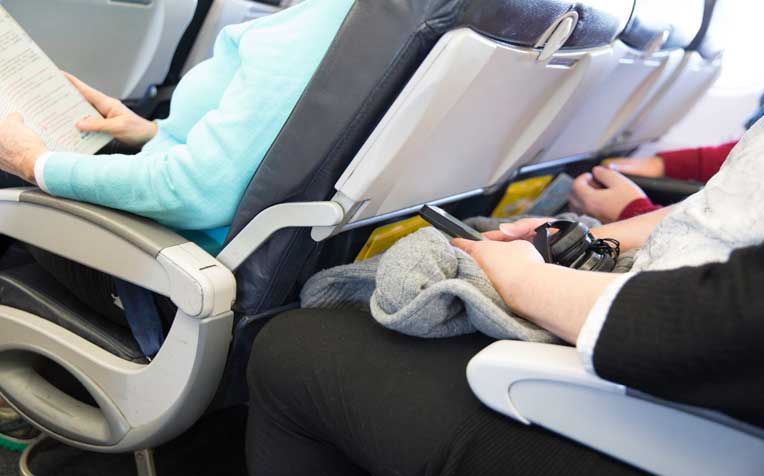HealthXchange will NEVER ask you to transfer money over a call. If in doubt, call the 24/7 ScamShield helpline at 1799, or visit the ScamShield website at www.scamshield.gov.sg.

Deep vein thrombosis (DVT), also known as economy class syndrome, develops when you sit for long periods of time without moving.
Could deep vein thrombosis (DVT) make a long-haul flight dangerous to your health?
If you’re not careful, well yes, a long-haul flight can kill. That’s because sitting for long periods of time without moving (especially in economy class!) can expose you to deep vein thrombosis (DVT), which is the formation of a blood clot in a vein deep inside a part of the body, usually the thighs and calves.
“The bane of the traveller, DVT is actually more common than expected,” say doctors from the Department of General Surgery, Singapore General Hospital (SGH), a member of the SingHealth group.
What are the symptoms of Deep Vein Thrombosis (DVT)?
Those suffering from DVT usually feel muscle pain, tenderness, swelling and redness around the calves of the leg. In severe cases, the swelling can extend up to the thigh and hip level. Sometimes, it can take up to two weeks for the symptoms to become apparent.
"But DVT is only potentially life-threatening when the blood clot breaks away from the vein and lodges itself in the lungs. When the clot blocks the flow of blood to the heart, a condition known as pulmonary embolism (PE) develops. In the most severe cases, PE could lead to collapse, a drop in blood pressure and sudden death," say doctors.
It is only in recent years that deep vein thrombosis has gained notoriety. And this came after headline reports of long-haul flight passengers collapsing after hours spent confined in tight seats. Although the condition has been nicknamed the “economy-class syndrome”, DVT doesn’t just occur to those travelling on planes. In 2003, NBC Iraq war correspondent David Bloom collapsed after having ridden for hours in a cramped tank.
Ref: O17
Contributed by
Public Events
Get the Health Buddy App
© 2025 SingHealth Group. All Rights Reserved.














 Get it on Google Play
Get it on Google Play